"This year's abundant Spanish production scares Italian producers. Despite the fact that Italy has started out great, in the coming weeks the danger from huge quantities of Spanish kakis that will invade the national markets will recur. In this first commercialization period, our producers don't seem to be interested in the problem exactly because, despite the remainder, the Italian product, already considered the best in terms of health, is of excellent quality and size, also thanks to the progress in agronomic techniques (foliage management, nutrition and coverage)". So says Vito Vitelli, agronomist and manager of CO.VI.L.
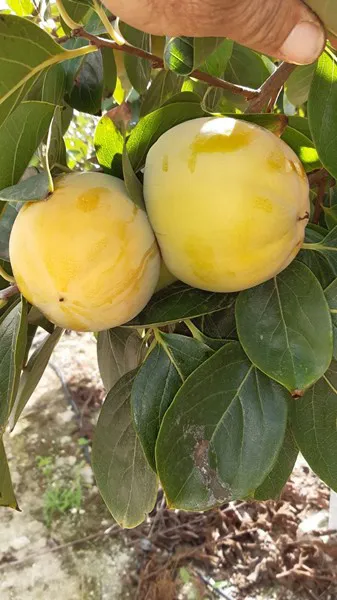
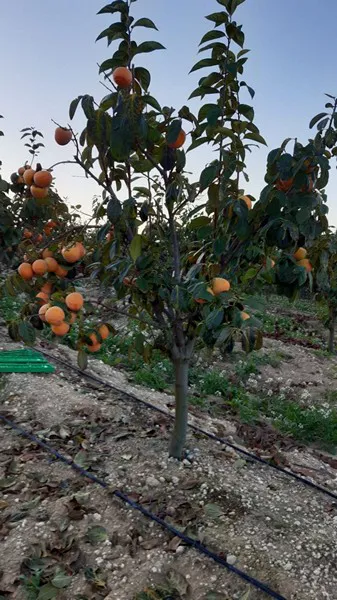
"Competing with Spain is pointless. The large Iberian organizations buy kakis at bargain prices from the manufacturer (0.25-max € 0.30/kg), and then export them to Italy at € 0.80/kg. The low price of the Spanish product is the result of a suffocation that affects only the real protagonists, namely the farmers. If we cannot compete with Spain because of its unjust commercial strategies, then it will mean that our plan will be different. We know that the Italian kakis, throughout October and until the first fortnight of November, can hold their ground on the national market; then, starting from this last period until the end of December, the Italian offer is trampled on by the Spanish one. The solution to all this could be to delay harvesting for about 50 days".
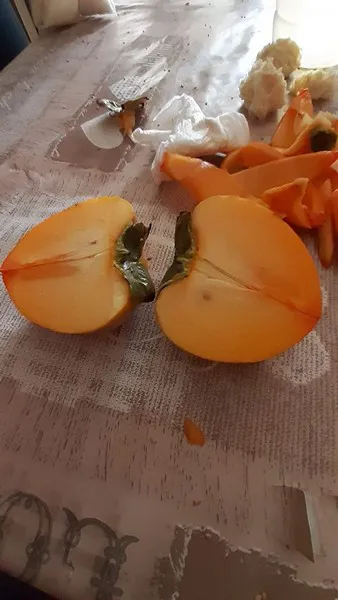
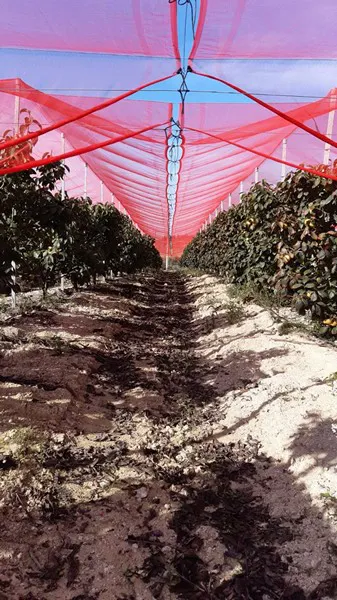
"All this can be done both through retarding techniques, for example agronomic operations that allow us to postpone maturation on the plant itself, also through photoselective nets that protect the fruit; and by proper cold storage in special cold rooms. The latter is a solution, already adopted with apples, pears and other vegetables, which allows us to preserve our kakis not for 15, but for over 40 days. Therefore, the combination of delay in the field and cold storage would allow us to market until February, satisfying a particular demand, eager to buy the product for a few extra cents because it's out of season, but to buy an Italian one".
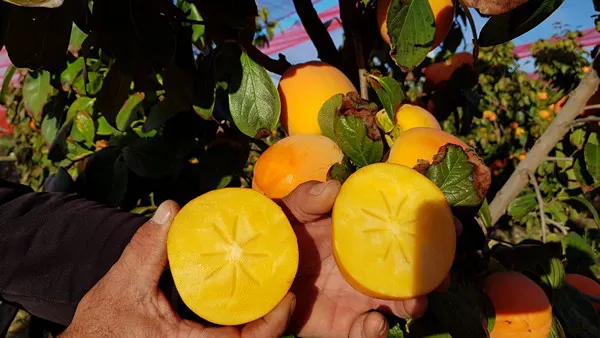
"While we're experimenting with other varieties, the most cultivated type in Italy remains the Rojo Brillante, a fruit with an excellent size, color and taste. With excellent quality, thanks to the pedoclimatic conditions, the fruit comes from the provinces of Agrigento and Caltanissetta, followed by the productions from Caserta. Good signs also come from Sardinia (Villacidro and Muravera). There are also some hectares in Puglia, in the Taranto and Foggia areas, and Basilicata as well (with Scanzano Jonico) will have its importance as soon as the 40 hectares, set up in 2017, goes into production".
